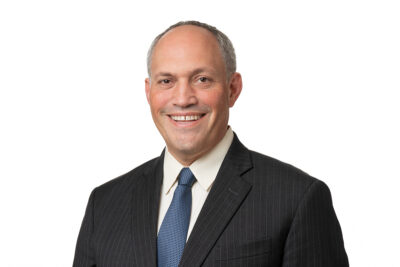By Florence Avakian
NEW YORK — Bourj Hammoud, Lebanon, the region in northeast Beirut, Lebanon, which Armenian survivors from the Armenian Genocide built into a dynamic center for shopkeepers, craftsmen and artists came to life across the ocean on June 9, during a talk by photographer Ariane Ateshian Delacampagne.
Close to a hundred people attended the event at the Diocese of the Armenian Church of America (Eastern), which was sponsored by the Krikor and Clara Zohrab Information Center, the Department of Armenian Studies of the Armenian Diocese and AGBU Ararat magazine.
In her introduction of the speaker, Gilda Buchakjian-Kupelian, of the Diocesan Armenian Studies Department, related that Ariane Delacampagne studied photography at New York City’s International Center of Photography (ICP), and has worked as an anchorwoman on Lebanese TV. Her recently published book, Portraits of Survival: The Armenians of Bourj Hammoud, has received wide coverage in Beirut and Paris.
Born and raised in Lebanon, the speaker complemented her talk with extensive photographs she had taken since 2006 of this vibrant community which rose from the ashes of the 1915 Genocide. Following a brief history of Armenians living in the Ottoman Empire, the Armenian Genocide, and the competition by France and England for a presence in the Middle East following World War I, she explained that starting in 1921, thousands of Armenians poured into Syria and Lebanon, mostly by boat.
These survivors “were looking for ports that were not under Turkish control, and Beirut, in particular, remained the only port that was unconditionally open to the refugees.” Thousands more went to the Lebanese cities of Tripoli, Zghorta, Chekka, Tyre, Saida, Anjar and Zahle. Meanwhile, with the establishment of the State of Greater Lebanon by France in 1920, and with territories taken from Syria, the size of the country more than doubled in size. Through French help, the Armenians were able to obtain Lebanese nationality starting in 1926, when the Lebanese constitution was drafted.









